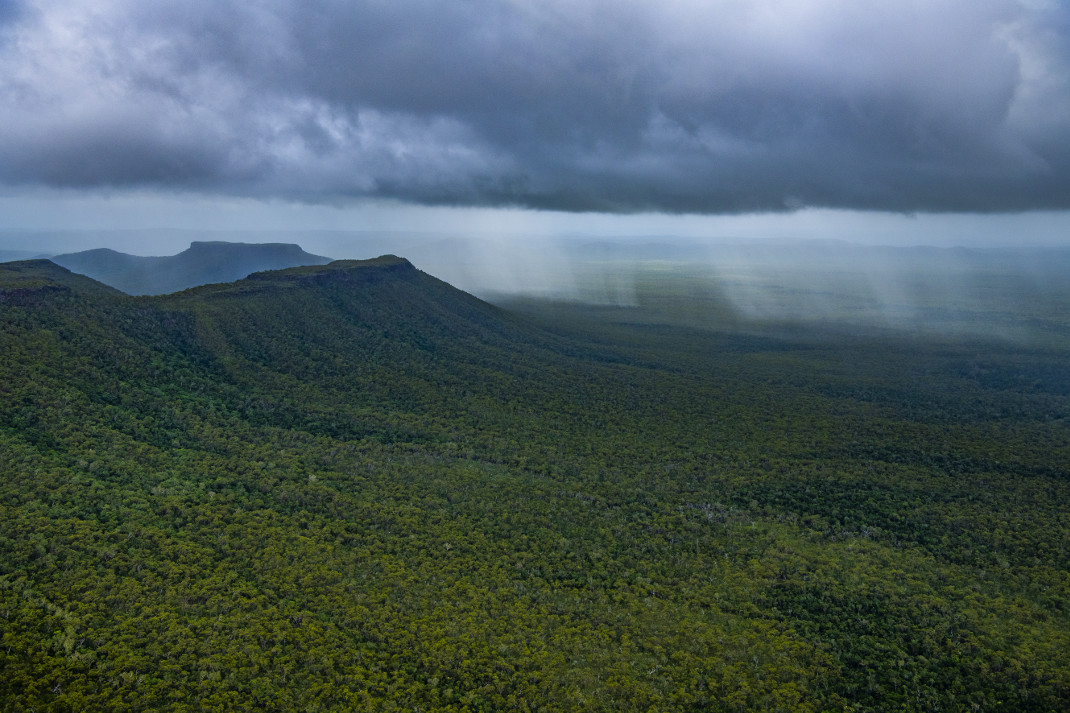|
|
How wetlands function (processes)Ecosystem processes include the biological, physical and chemical processes that help form, maintain and support a system. Ecosystem processes describe the interactions between components. Ecological processes include all those processes that occur between organisms and within and between populations and communities, including interactions with the non-living environment that result in existing ecosystems and bring about changes in ecosystems over time (adapted from[2][1]). In some cases it may be necessary to consider broader environmental processes that may be physical or chemical and not directly involve organisms. Environmental processes play a key role in influencing the extent, condition and biodiversity of ecosystems[3]. Physical processes include changes in temperature, light, rainfall, energy, sedimentation, tides and the coastline. Chemical processes include changes in pH, nutrients, salinity, oxygen, oxidation-reduction and carbon Biological processes include changes in flora or fauna species composition, reproduction, regeneration, dispersal, pollination, feeding, competition and human influences. Explore and search wetland processesUse the search box below to explore the wetland processes: Displaying * of * pages
References
Last updated: 6 October 2023 This page should be cited as: Department of Environment, Science and Innovation, Queensland (2023) How wetlands function (processes), WetlandInfo website, accessed 25 June 2024. Available at: https://wetlandinfo.des.qld.gov.au/wetlands/ecology/processes-systems/ |

 — Department of Environment, Science and Innovation
— Department of Environment, Science and Innovation


